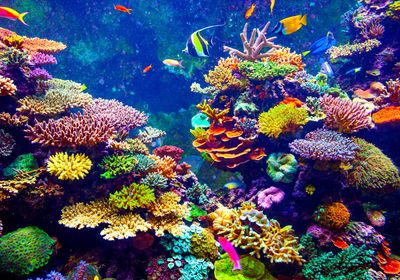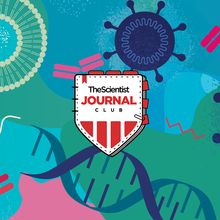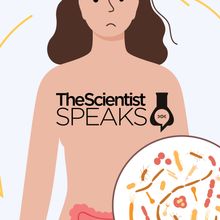Login
Subscribemicrobiology
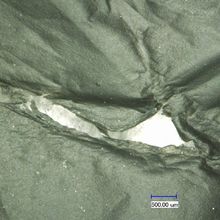
Alpine and Arctic Microbes Break Down Plastics
Alejandra Manjarrez, PhD | Jul 7, 2023 | 2 min read
Researchers identified cold-adapted microbes that degrade certain plastics at low temperatures, potentially saving energy in industrial recycling.
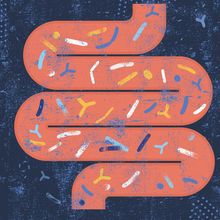
Microbial Menace in Cancer Patients
Niki Spahich, PhD | Jul 5, 2023 | 2 min read
Fyza Shaikh investigates how microbes shape cancer patients’ health and recovery.

What Lies Beneath: Wastewater Testing for Pathogens
The Scientist’s Creative Services Team | 1 min read
Michael Wiley will discuss detecting pathogens in communities through wastewater surveillance programs.
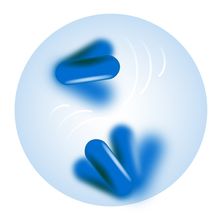
Jiggling Bacteria Reveal Antibiotic Resistance
Ida Emilie Steinmark, PhD | Jul 5, 2023 | 1 min read
Finding an effective antibiotic against an infection can easily take 24 hours. Faster testing could save lives and help doctors avoid broad-spectrum antibiotics, which can foster resistance.
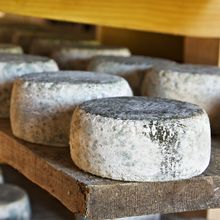
Deleting a Gene Quells a Pesky Cheese-destroying Fungus
Natalia Mesa, PhD | Jun 30, 2023 | 3 min read
Fungi disrupt microbial communities on cheese by making antibiotics.

What Could Cause the Next Pandemic?
The Scientist’s Creative Services Team | 2 min read
Scientists prepare for the future by filling in the research gaps between zoonotic viral reservoirs, emerging viruses, and human immune defenses.
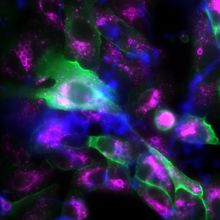
Fungal Spores Hijack a Host Protein to Escape Death
Mariella Bodemeier Loayza Careaga, PhD | Jun 20, 2023 | 3 min read
Uncovering the components used by Aspergillus fumigatus to avoid intracellular destruction broadens our understanding of the mold’s pathogenesis.
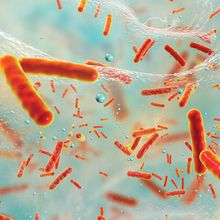
How Bacterial Communities Divvy up Duties
Holly Barker, PhD | Jun 1, 2023 | 10+ min read
Biofilms are home to millions of microbes, but disrupting their interactions could produce more effective antibiotics.
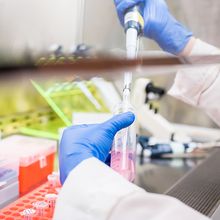
Cell Culture Conquests: Finding and Defeating the Invisible Enemy
The Scientist’s Creative Services Team and MilliporeSigma | 3 min read
Cutting-edge reagents, kits, and techniques provide a robust solution to cell culture mycoplasma contamination.

A Not-So-Simple Idea
Niki Spahich, PhD | Jun 1, 2023 | 5 min read
A moonlit drive inspired the theory behind PCR. What did it take to make that wild idea reality?
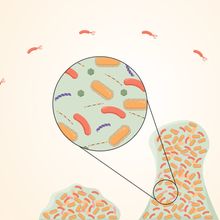
Infographic: Stages of Biofilm Formation
Holly Barker, PhD | Jun 1, 2023 | 1 min read
Free-swimming bacteria settle on a surface to cooperate and form a protective biofilm.
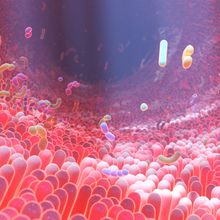
A Question of Balance: How the Gut Microbiome Influences Diabetes
The Scientist’s Creative Services Team | 1 min read
The presence of beneficial or detrimental microbes pulls the host toward health or disease.
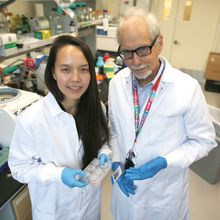
Self Sufficient Cells?
Katherine Irving | Jun 1, 2023 | 4 min read
Animal cells cannot produce 9 of the 20 amino acids they need to function. Some researchers are looking to change that.

Garbage to Guts: The Slow-Churn of
Plastic Waste
Iris Kulbatski, PhD | Jun 1, 2023 | 4 min read
The winding trail of environmental microplastics leads researchers to the human digestive ecosystem.
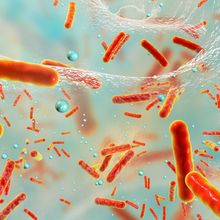
Brush Up: Quorum Sensing in Bacteria and Beyond
Deanna MacNeil, PhD | 4 min read
Microbes communicate with quorum sensing to coordinate their behavior in response to how many neighbors they have.
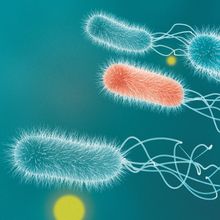
Cooperation and Cheating
Mariella Bodemeier Loayza Careaga, PhD | Jun 1, 2023 | 6 min read
Bacteria cooperate to benefit the collective, but cheaters can rig the system. How is the balance maintained?
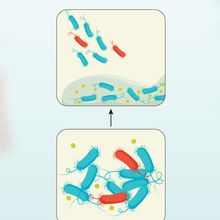
Infographic: Curbing the Cheaters
Mariella Bodemeier Loayza Careaga, PhD | Jun 1, 2023 | 1 min read
From spatial structuring to policing, cooperative bacteria have a wide toolkit to contain the spread of cheaters.

Science Philosophy in a Flash - A Look at Aging Through Young Eyes
Iris Kulbatski, PhD | 1 min read
Aimée Parker shares how her childlike curiosity and collaborative spirit motivate her scientific pursuits.
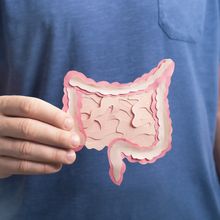
Gut Bacteria Contribute to Anorexia
Kamal Nahas, PhD | May 1, 2023 | 3 min read
Microbiomes transplanted from women with anorexia nervosa into mice enhanced symptoms of the eating disorder, such as rapid weight loss and reduced appetite.
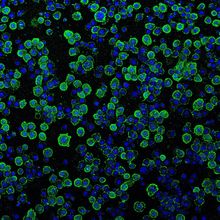
Engineered Bacterial “Syringes” Can Deliver Drugs Into Human Cells
Rohini Subrahmanyam, PhD | Apr 20, 2023 | 4 min read
Researchers repurpose tiny bacterial injection systems to specifically inject a wide variety of proteins into human cells and living mice.

